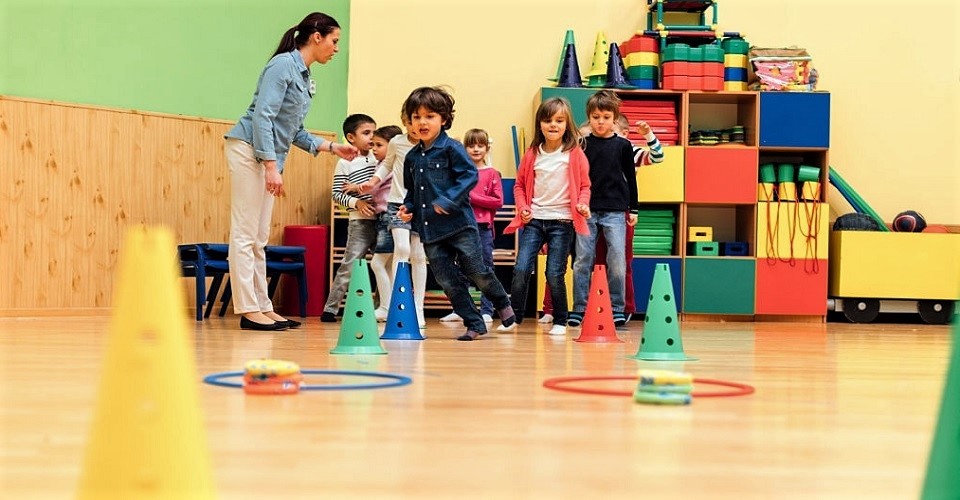10 Activities for Teachers to instil Gratitude in Learners
5th December 2020
In one of our previous blogs, we discussed the benefits of practising gratitude in the classroom. Well, teaching gratitude isn’t as easy as teaching tables. As an educator playing the role of a school counsellor, helping your learners become more aware of all the privileges and blessings around them requires more than just a simple lesson. Rather, it’s more about laying the foundation for a lifelong practice.
Teachers and parents are always in search for ways to instil an attitude of gratitude in children and students. Studies conducted over the years have shown that when children practise expressing gratitude, it results in higher levels of optimism, increased life satisfaction, and decreased negative feelings. It is also fruitful in appreciating close relationships and feeling better about life and school.
Mentioned below are some of the fun, gratitude-focused activities to practise with students.
1. Alphabet gratitude:
With your students, write out each letter of the alphabet and try to come up with at least one item they are grateful for under each letter. To extend this activity, students can choose a few words from their list to write a poem or short story about being grateful.
2. Gratitude journal:
Ask your learners to create a gratitude journal. Take 5-10 minutes in class every day to have your students write down 3-5 things they are grateful for. Ask them to be precise about what they choose to write and share it with the class.
3. Gratitude collage:
Using old magazines and newspapers, ask your students to cut out and stick pictures of items they are grateful for on a piece of cardboard/scrapbook. This can include pictures of animals, the world, people, food, homes, and musical instruments - anything they deem fit and necessary to include it in their list and ask them to display their collages in the classroom.
4. Random acts of kindness:
Discuss with the class regarding random acts of kindness. Provide your learners with an insight on the types of things they can do at home and at school that are random acts of kindness. It can vary from writing a kind note to a friend or to help someone pick up something they have dropped. Encourage your students to practise doing random acts of kindness. You might even ask them to write down the random acts of kindness they have performed.
5. Circle of gratitude
Ask your students to sit in a circle. Ask one of them to share something they are grateful for. Then go around the circle allowing each student the opportunity to share something they are grateful for. You can amp this up by asking your learners to say something they are grateful for regarding the person on their left. You can also opt for a theme, such as what they are grateful for in the winter, or in their family, or in nature.
6. Show gratitude to parents and family
Students often take their caregivers for granted. Encourage them to take the time to write a note to parents or to list all of the things they are grateful for from their parents. Use these thoughts to inspire artwork designed to enhance a thanksgiving experience.
7. Plan a thank you party
Plan a ‘thank you’ party with the main aim to say thank you to heroes among us. Include their artwork and a time of thanks to those who do so much to help kids. You can also invite parents, grandparents, siblings, or other family members to join your class for the party.
8. Gratitude artwork
There are various ways to make gratitude artwork. Students can draw something they are grateful for and create a classroom gratitude art wall, or they can trace their hands on a paper and write one thing they are grateful for on each finger. Cut out their paper hand and attach all the hands on to a paper tree trunk bulletin board to create a gratitude tree.
9. Meditation
Gratitude meditations are a double-winner for mental well-being as performing two of the most impactful happiness practices at the same time will give bonus outputs. Teach your learners to practise gratitude meditation, only during a gratitude meditation you visualize all the things in your life that you are grateful for. Practising this kind of mediation will consistently lead an individual to experience incredible upgrades in gratitude and joy.
10. Classroom gratitude jar
All you will be needing is an empty jar, some strips of paper, and writing utensils for each student. As part of your class morning routine, have students write down something specific they are grateful for the day on a strip of paper and put it in the jar. When you have some time, ask students to come up and read items from the jar.
Eventually, gratitude creates a ripple effect. When one learner expresses gratitude, others are more likely to express the same emotion as well. As educators, we are in a unique position to help cultivate a sense of appreciation, positivity, and gratitude among 21st century learners. After all, a lesson in gratitude may be one of the most important mental health lessons a child ever learns.
Written By : Ipsita Roy